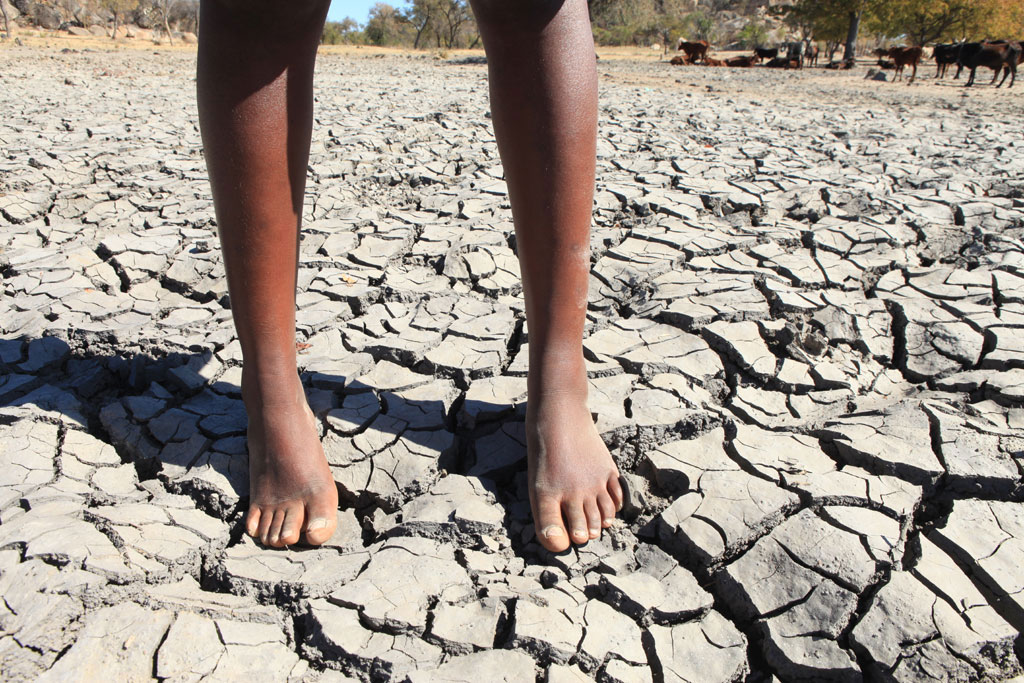1 in 4 children will face water scarcity by 2040


Climate change is contributing to a growing water crisis which puts children’s future and lives at risk. This is exactly what UNICEF’s latest report “Thirsting for a Future: Water and Children in a Changing Climate” explores. For example, today 530 million children live in extremely high flood occurrence zones and by 2040 1 in 4 children will be living in areas of extreme water stress.
“In the coming years, the demand for water will increase as populations grow and move, industries develop, and consumption increases. This can lead to water stress, as increasing demand and use of water strains available supplies,” says UNICEF.
Also, warmer temperatures, rising sea levels, increased floods and droughts as well as melting ice affect the quality and availability of water and damage sanitation systems. On top of these, conflicts around the world also affect the access to safe water.
Back in March 22, during the Wolrd Water Day, UNICEF Executive Director Anthony Lake said, “this crisis will only grow unless we take collective action now.” He urged governments to take collective action and immediate measures to curb the impact the water crisis will have on children’s lives.
More so, the agency noted 36 countries around the world are already facing extreme high levels of water stress and according to the World Water Development Report 2017, about two thirds of the world population currently live in areas that experience water scarcity for at least one month a year.

Among the effects water scarcity has on children is their own survival. During times of droughts children risk dying of thirst but also have less access to food and they need to travel longer distances to collect water. For example, the report estimates 200 million hours are lost every day by women and girls around the world gathering water. This ultimately means less time to go to school, study and play.
Also, droughts have multiple effects of poor communities. Crops can fail, livestock may die and income drops which leads to food insecurity and rising food prices, driving families further IGNORE INTO poverty.
Similarly, when water becomes scarce people may resort to drinking unsafe water which puts them at risk of deadly diseases. Water and sanitation diseases are one of the leading causes of death in children under 5 years old, explains UNICEF. Over 800 children die every day form diarrhea linked unsafe water, sanitation and hygiene.
“Today’s children, and their children, will bear the brunt of climate change. We must work together to make sure children are at the heart of climate discussions and decisions – and to make sure their voices are heard,” concludes UNICEF.
LatinAmerican Post





